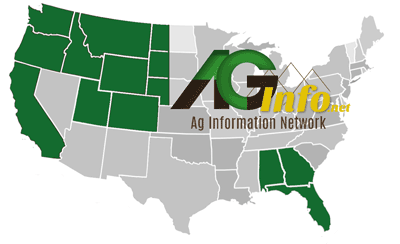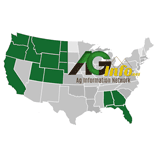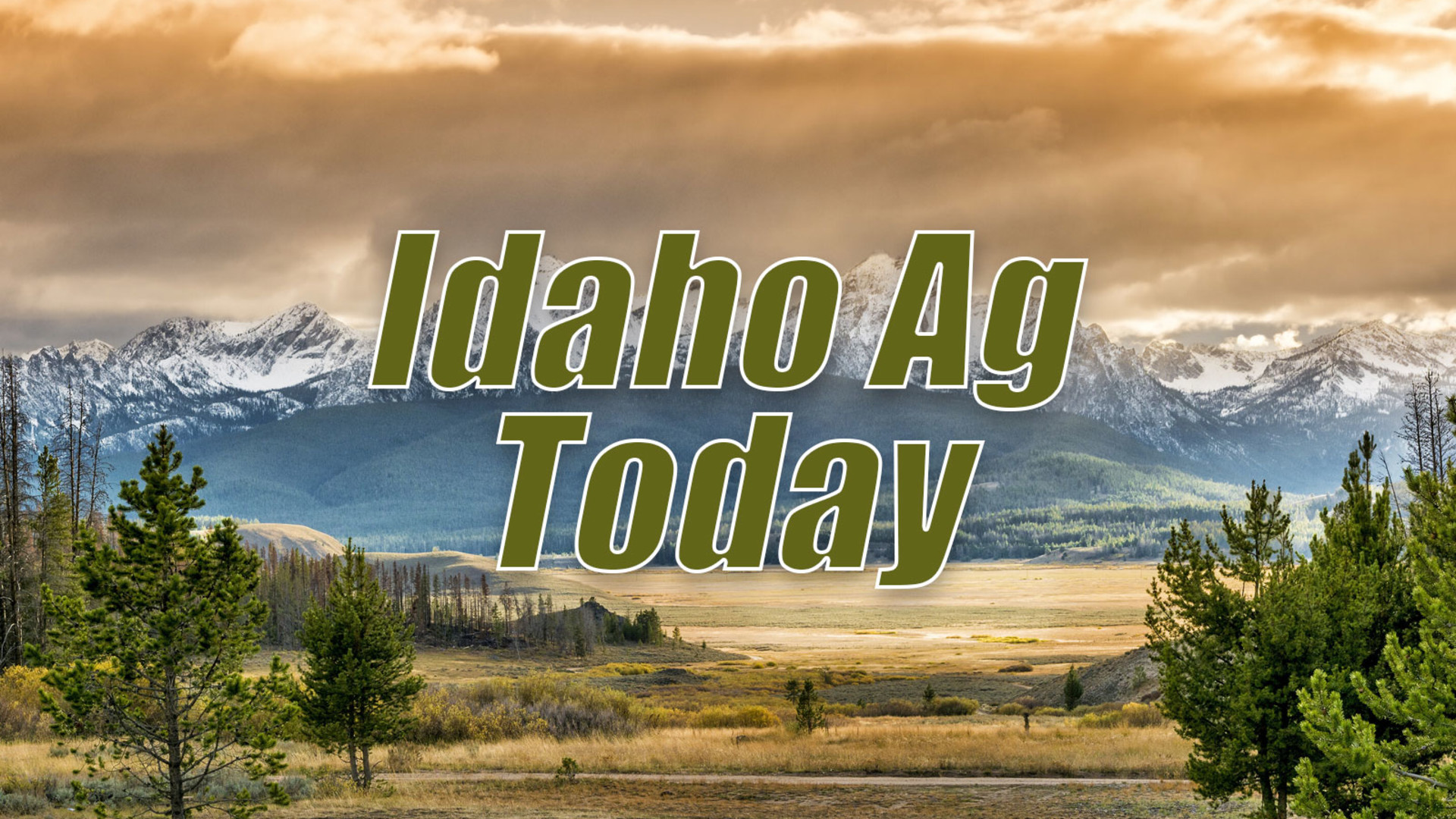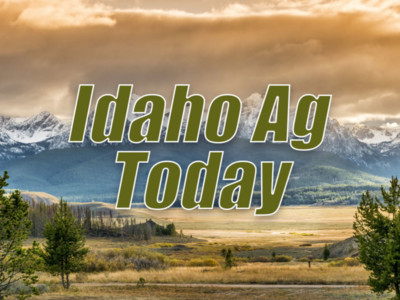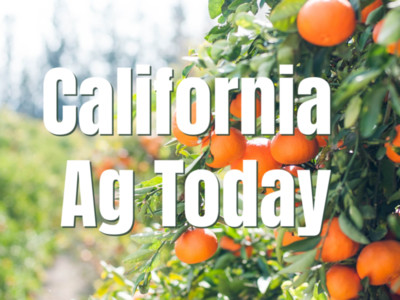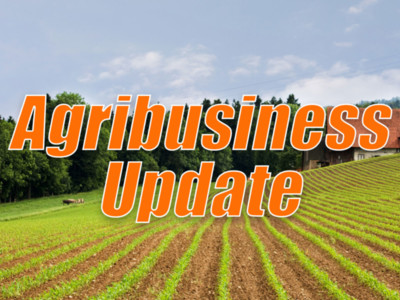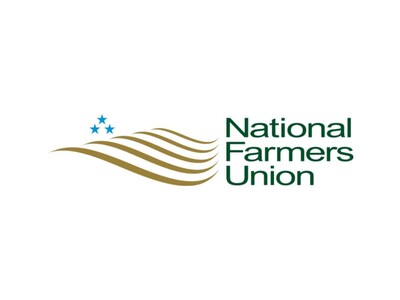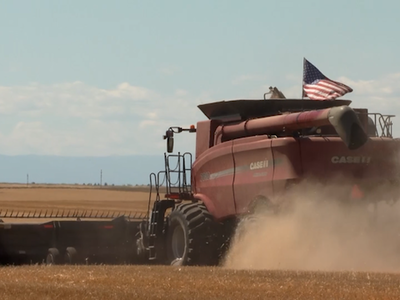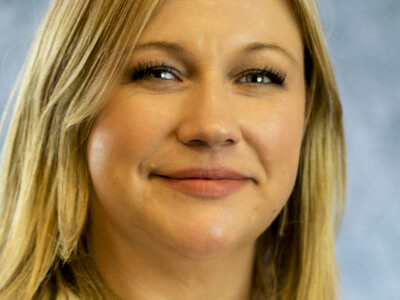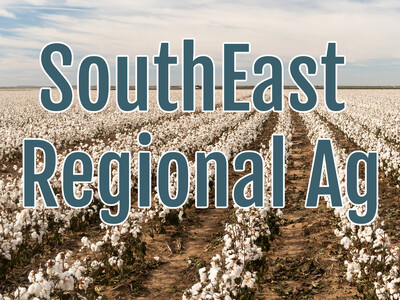Water Board update
The Idaho Water Resource Board (IWRB) received a staff update on managed recharge operations to benefit Eastern Snake Plain Aquifer (ESPA), with recharge flows surpassing 112,000 acre-feet so far this winter season, officials said.Noting that the 2025 Idaho Legislature has directed the IWRB to increase the ESPA annual recharge goal from 250,000 acre-feet to 350,000 a.f. water per year, on average, Board officials voted unanimously to remove the temporary “pause” on considering funding proposals for ESPA recharge wells that will help increase recharge capacity. Water users and groundwater districts, in particular, have urged the IWRB to continue to consider funding ESPA recharge wells, noting that ESPA recharge is a vital part of the 2024 Water Settlement.
During a recent IWRB meeting, officials with the Idaho Department of Water Resources’ (IDWR) Underground Injection Program (UIC) detailed the process required to permit ESPA recharge wells. New applications for aquifer recharge wells must adhere to both state and federal rules and law, and demonstrate that injection fluids will not endanger any nearby drinking water wells. IDWR officials also stated that ongoing groundwater monitoring plans are required.
At a bigger-picture level, Wesley Hipke, IWRB Managed Aquifer Recharge Manager, noted that all of the ESPA recharge flows have occurred in the Magic Valley area so far this winter season. The window of time is expected to be short as the IWRB’s recharge water rights will not be in priority when canal companies and irrigation districts begin wheeling water for the 2025 irrigation season, he said.
The IWRB has been working to develop new ESPA recharge sites in the Upper Valley to provide flexibility and capacity when spring flood-control flows are available in the spring, Hipke said. Thirteen new Upper Valley projects are currently being evaluated for feasibility and cost, he said.
The Bureau of Reclamation is expected to announce its flood-control plans in early April. As of this week, mountain snowpack reached 110 percent of median in the Upper Snake above Heise, and the Henrys Fork is at 101 percent of median. Jackson Lake and Palisades Reservoir currently are more than 76 and 71 percent full respectively. Island Park Reservoir is 89 percent full on the Henrys Fork.
In other action, the IWRB toured a new headgate and canal-deepening project recently completed by Boise City Canal Co. The $366,000 project was funded in part by an IWRB Aging Infrastructure Grant.
Boise City Canal has one of the oldest water rights in Idaho, filed in 1866. The canal delivered water to the Davis Orchard next to the Boise River back in those days, among other early Boise-area farms. In 1907, the Davis Orchard property was donated to the City of Boise by Thomas Davis in memory of his wife, Julia, as the city’s first public park.
Boise City Canal lowered its headgate and canal by 16 inches to ensure it can access water from the Boise River during drought years in the future, officials said during the tour. A plaque on the headgate pays tribute to Alan Winkle, who served as chairman of Boise City Canal for more than 30 years.
In other business, Nick Miller, manager of the IDWR’s Western Regional Office, gave an update on Southwest Idaho activities, noting that major population and business growth in the Treasure Valley is keeping staff busy.
Looking back over the last 10 years, Miller said the Western Region has processed applications for more than 10,000 water wells, including single domestic or stockwater wells, and subdivision wells. They average about 185 applications per year for new water rights, he said. The major areas of growth are along the I-84 corridor near Mayfield, the Boise Front and Valley County.
On the positive side, Miller said the city of Boise has been doing a great job managing the Boise geothermal water resources, recycling water into the aquifer and raising the water table in the Boise Foothills for other water users. The installation of more canal headgate automation in the Boise and Payette Basins have also increased water efficiency, he said. Miller expects the same to occur with the New York Canal rehabilitation project, funded in part by the IWRB, which is projected to save more than 29,000 acre-feet of water by 2030.
In other action, the IWRB:
• Approved an adjustment to the interest rate for its low-interest loan program. The IWRB approved changing its interest rate from the federal prime rate to the 30-year bond yield rate, plus a half point (0.5%). It also set a minimum rate of 2.5 percent and maximum of 5.5 percent.
